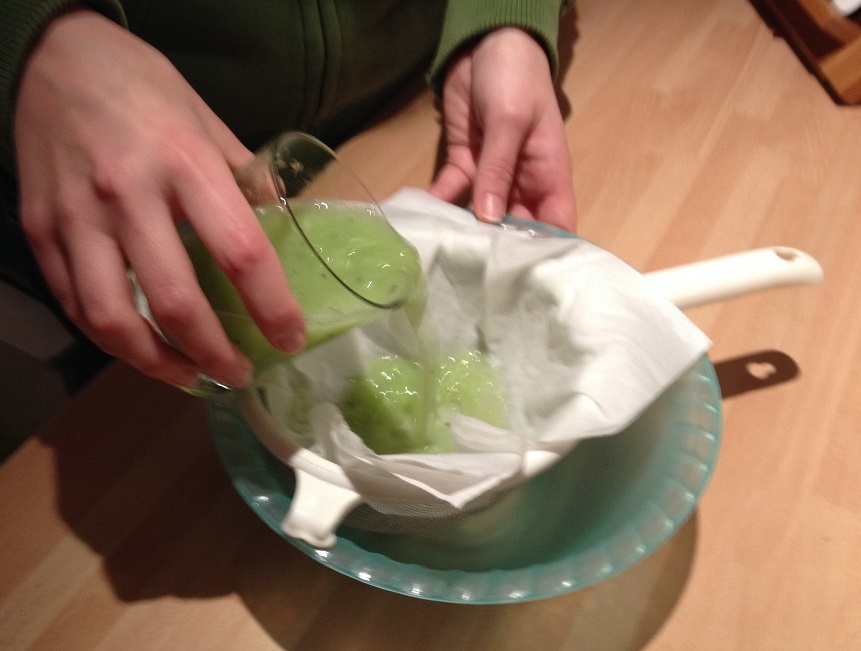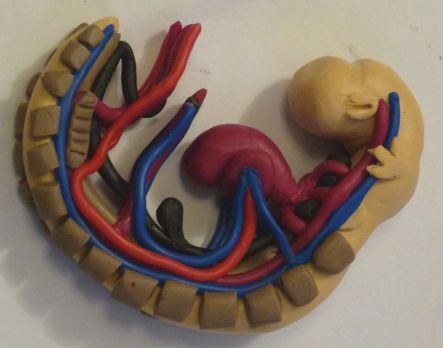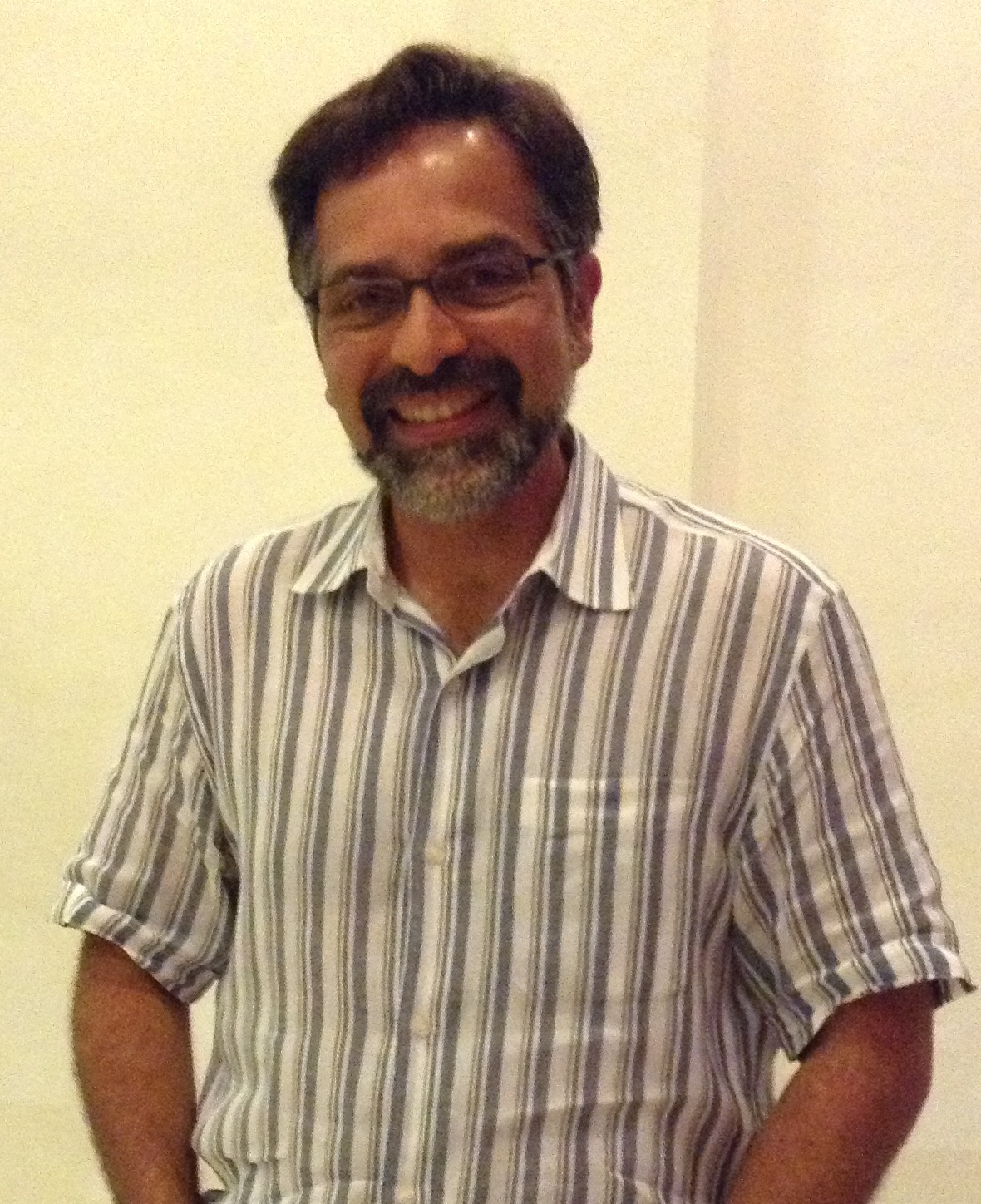5 years, 5 posts- celebrating the Node’s 5th anniversary!
Posted by the Node, on 2 July 2015
Happy birthday to us! It has been 5 years since the Node was first launched, and we have come a long way. Over the last 5 years, over 1,500 posts have been published, almost as many users have registered and we can now boast over 5,000 visitors a month!
The only proper way to celebrate a birthday is by having a party. If you are attending the coming Society for Developmental Biology meeting, please join us on Saturday the 11th of July at 8 p.m. at the Company of Biologists stand (nr 12, Rendezvous Room). There will be cake and drinks and it would be great to celebrate this occasion with you!
During our history we have featured so many interesting posts that is difficult to know which ones to highlight. We had series about alternative careers, outreach and model organisms. We have highlighted hundreds of papers, meetings and discussed so many issues. To mark our 5 years running we decided to highlight our 5 most read, highest rated and most commented posts. You will notice one obvious omission from these lists. Our cover competitions have always been so popular that if we included them in a top 5 list we couldn’t highlight anything else!
We hope that you enjoy this journey through some of the most popular posts on the Node!
Top 5 most viewed posts
The Node went viral on twitter in 2013, when our Storify of the famous #overlyhonestmethods hashtag tweets was retweeted 789 times!
Back in the early days of the Node our then community manager Eva highlighted the beautiful animations of the intestinal crypt that accompany the talks of stem cell biologist Hans Clevers.
Since late 2013 we have been running an outreach series, highlighting interesting outreach projects as well as sharing easy activities that anyone can use. Katie Howe participated in this series with a step-by-step guide to extracting DNA from kiwis.
Over the years we have reposted selected articles from Development. In 2014 we reposted this Spotlight article which argues that, in light of the availability of new genome editing techniques, the use of morpholinos in zebrafish may be obsolete. This post generated a lot of discussion!
One of our earliest posts, this contribution by Shelley Edmunds explains how you can use modelling clay to teach undergraduates about embryology concepts, including detailed photos of how to make your own 4 week old human embryo!
Top 5 most liked posts
In 2011, Kara contributed to our alternative careers series by writing about how she had left the bench to become an editor at Cell. 2 years later she wrote on the Node about how she had returned to academia to become an assistant professor, showing that no career path is set in stone and that you have the freedom to try new things and find what you really enjoy doing!
Thomas Butts doesn’t hold back when stating his opinions on the Node, and this post was no exception. Here he shares his thoughts on what is wrong with UK Biology research in particular, and with the field more generally.
2012 saw the launch of a Node essay competition, which proved very popular. This essay by Máté Varga was one of the short listed essays up for voting, and discusses a not so far away future of artificially altered development.
In this literary piece, Ewart tells the journey of pluripotency from the perspective of a cell.
Over the years we have featured many interviews with developmental biologists. Back in 2013 we met Alejandro Sanchez Alvarado, who studies regeneration in planarians and is one of the directors of the Woods Hole Embryology course.
Top 5 commented posts
An editorial by Jordan Raff, editor-in-chief of Biology Open, discussed the issues with the current publishing system and why it is changing.
In 2011 the Node paired up with BenchFly to create a group meeting bingo for developmental biologists, and several of you suggested the best words to feature in it. Unfortunately 4 years is a long time on the internet and the bingo card is no longer available online!
Several of you shared your thoughts on whether there are too many postdocs and PhD students in the current scientific system, or whether the expectation that they will have their own labs is the real issue.
In 2010, changes in the way postdocs were funded in Canada triggered a discussion on whether this was a positive or negative change.
Back in 2010, Heather shared her thoughts on how she keeps track of primers used in her lab, and asked the community for input.






 (2 votes)
(2 votes)
So sad that the “too many postdocs and PhDs” dates from 2010 and we’re still talking about it! Happy Birthday!